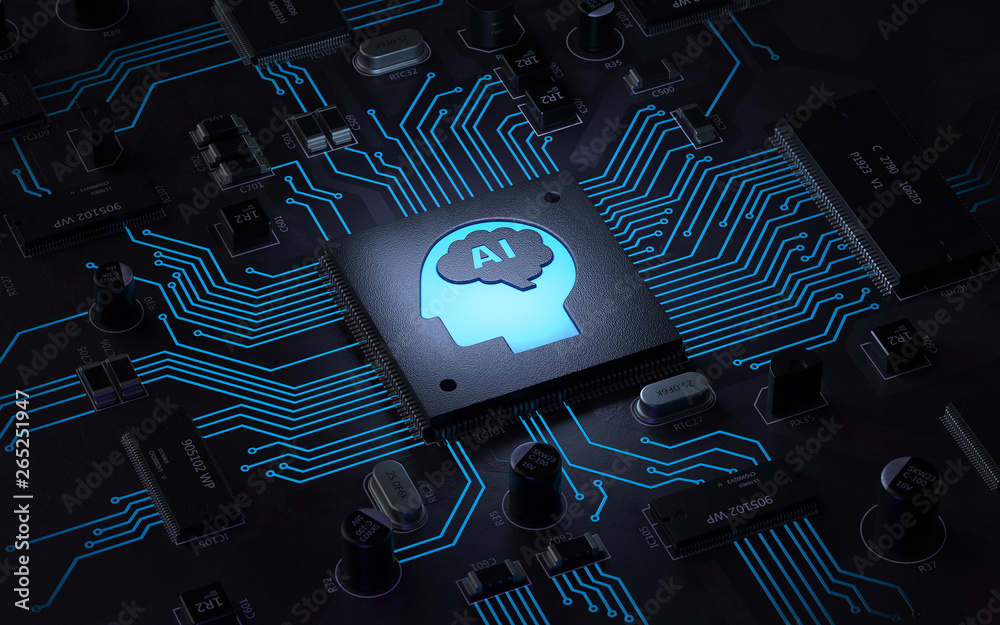For decades, payroll has been treated as a quiet back-office operation. Today, the stakes are much higher. Employee expectations and regulatory pressures are shifting the goalposts. Payroll isn’t just about accuracy anymore; it shapes trust, culture, and retention. In the UK, 76% of companies are sharing or planning to share individual pay ranges with employees, while 70% are doing the same for external candidates. But despite this push for transparency, only 10 – 20% of organizations plan to use AI tools for pay communication, pay-gap identification, and market compensation research. This gap is where opportunities lie.
Relying on manual payroll processes and outdated tools is no longer enough. Errors, delays, and opaque pay structures not only frustrate employees but also risk compliance breaches and damage to the employer’s brand.
When it comes to payroll, businesses’ focus is to keep it simple and save money. However, this becomes increasingly difficult as regulatory and geographical complexity grows. AI is emerging as a crucial solution that enables organizations to get payroll accuracy right from the outset, no matter the complexity. Leveraging AI in payroll is the key to unlocking time and resources for HR teams, allowing them to focus on people strategy and building a stronger company culture.
Payroll’s Impact on Employee Retention
For HR teams, payroll should no longer be seen as a box-ticking exercise. Boards and senior management need to treat this as both a priority compliance issue and an employee retention strategy.
When employees are paid late, incorrectly, or left in the dark about deductions, they disengage, leaving them at flight risk if payroll issues persist.
Turnover is costly. Replacing a salaried employee can cost the equivalent of six to nine months of pay, and for technical or executive roles, even double. Factor in recruiting, onboarding, lost productivity, and team disruption, and the impact is enormous.
Automation reduces these risks. By automating these tasks, payroll teams can be proactive rather than reactive, using data to build trust, improve communication, and support HR in creating a better employee experience.
From Payroll to People Strategy
Payroll data is a goldmine of insight into what keeps employees engaged and what drives them away. Nearly 51% of U.S. employees are thinking about leaving their current roles, and not just because they’re ambitious. Key drivers for moving include low pay, lack of transparency, and poor benefits.
These drivers are exactly the kind of issues that payroll data can help surface early, before they become reasons for employees to leave. AI can transform the data into predictive tools, identifying at-risk employees based on pay inequity, benefit gaps, and pay communication issues.
As payroll systems become increasingly interconnected with wider HR platforms, the potential for deeper insights only continues to grow. Together, these systems could uncover correlations between employee turnover and factors such as social engagement, absenteeism, and wellness investment.
This automation gives payroll and HR teams leverage to gauge sentiment and allocate investment into culture and connection more effectively. This, in turn, gives companies the chance to act before resignation letters land in their hands.
Smarter Benefits and Well-Being by Design
Benefits are also a strong driver when it comes to employee retention. Today’s workforce wants more than healthcare and a pension. They want a workplace that aligns with their values and supports their well-being, making them feel connected.
Payroll data paired with AI can play a critical role here. By running “what if” scenarios, such as better benefits, improved social connection, and mentoring programs, HR and payroll teams together can build a strong business case for investing where it matters most. The growing interconnection between the two functions enables richer insights, combining payroll data with broader HR perspectives to inform smarter strategic decisions.
AI takes this even further, identifying gaps between what employeesemployee’s value and what they receive. This insight helps leaders prioritise the initiatives with the biggest impact on engagement, retention, and overall performance.
Given the rise of remote and hybrid work, AI can also help model trade-offs between cost savings and employee isolation, guiding benefit and workplace design that keeps people connected and thriving.
The Time Is Now: Don’t Wait to be Disrupted
With more than half of employees considering a move, the warning signs are already flashing. The cost of inaction is steep: compliance penalties, correction costs, lost talent, and a disengaged culture all add up quickly.
But payroll leaders don’t have to overhaul everything at once. Start small: pilot AI in areas like pay transparency, pay validation, pay-gap analysis, and error detection. Build a track record of success, then expand.
Crucially, incorporating AI into payroll has a direct impact on return on investment, not only by saving time and resources, but also by saving businesses money down the line. The issue with high-tech, low-people payroll solutions is that they’re cost-effective until costly mistakes are made. Using AI tools to validate payroll correctly right from the beginning mitigates this risk, saving potentially huge rework costs.
Those who act early and embrace innovation will transform payroll from a back-office burden into a strategic lever – one that attracts, retains, and engages talent, steering the ship for company growth.
The Future of Payroll
AI is redefining payroll, making it smarter, faster, and more secure. It detects fraud and anomalies in real time, flagging ghost employees and duplicate payments before they cause damage. Chatbots now handle routine employee queries on tax codes, deductions, and pay history, freeing up skilled resources. Real-time data validation smooths out pay cycle crunches, while integration with financial wellness platforms delivers budgeting tools, early wage access, and personalized advice, especially appealing to younger workers. To unlock these benefits, organizations must close the AI literacy gap across their teams.
Allan Harness, is the Payroll & HR Solutions Director at Vistra, based in London. With over three decades of senior leadership experience, including key roles at Deloitte, Ceridian, and TMF Group, Allan specializes in leveraging technology and strategy to help global organizations navigate complex payroll challenges and drive sustainable growth.

